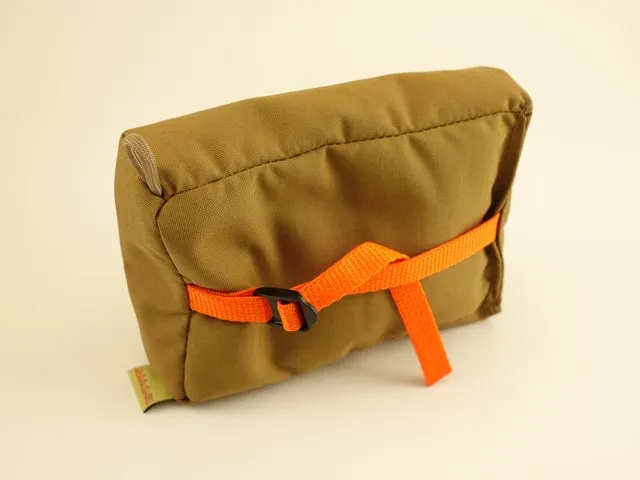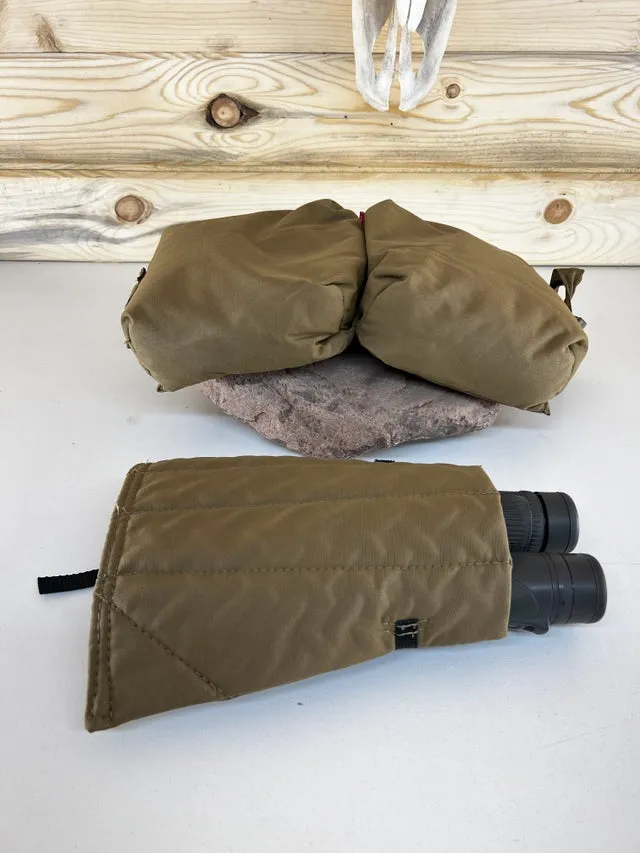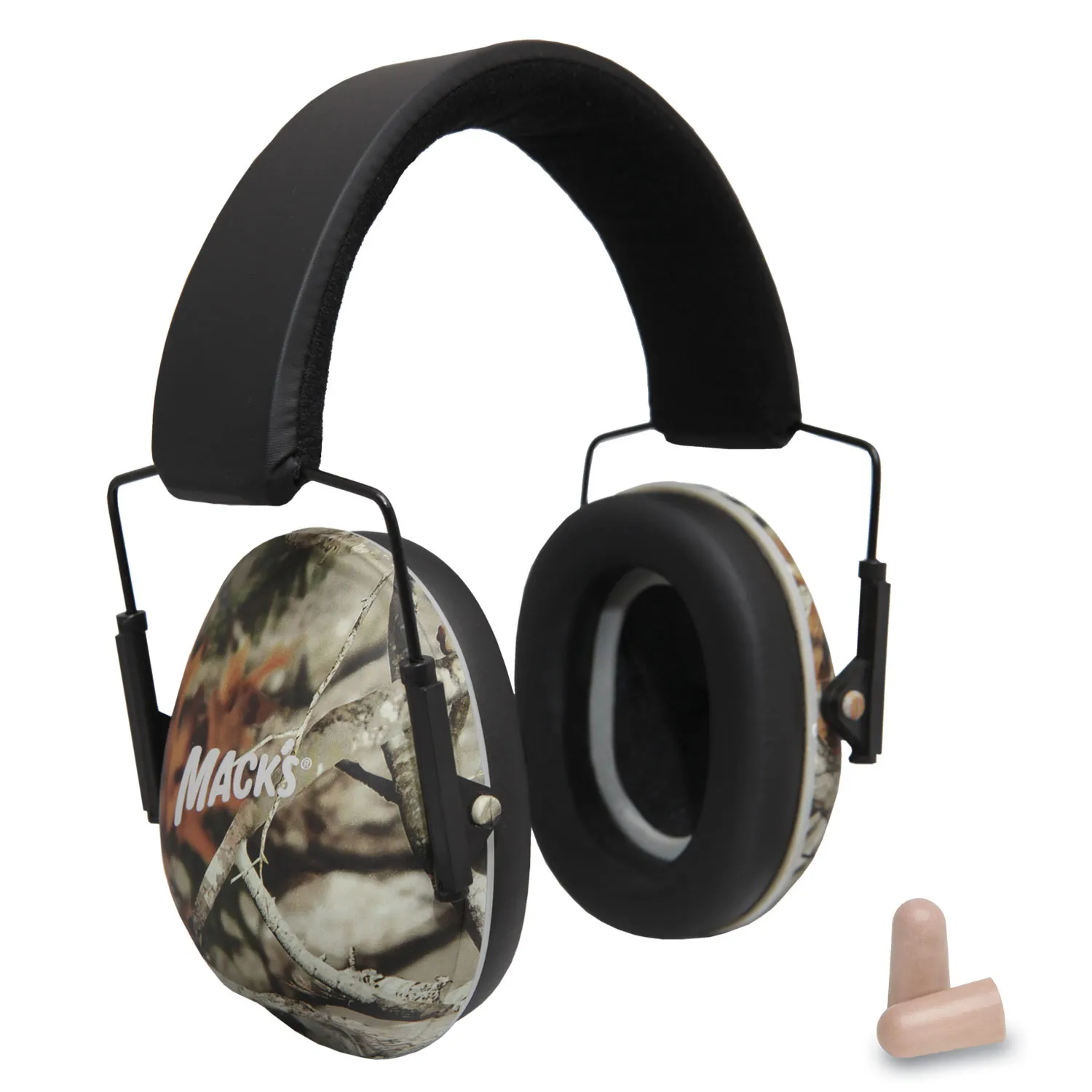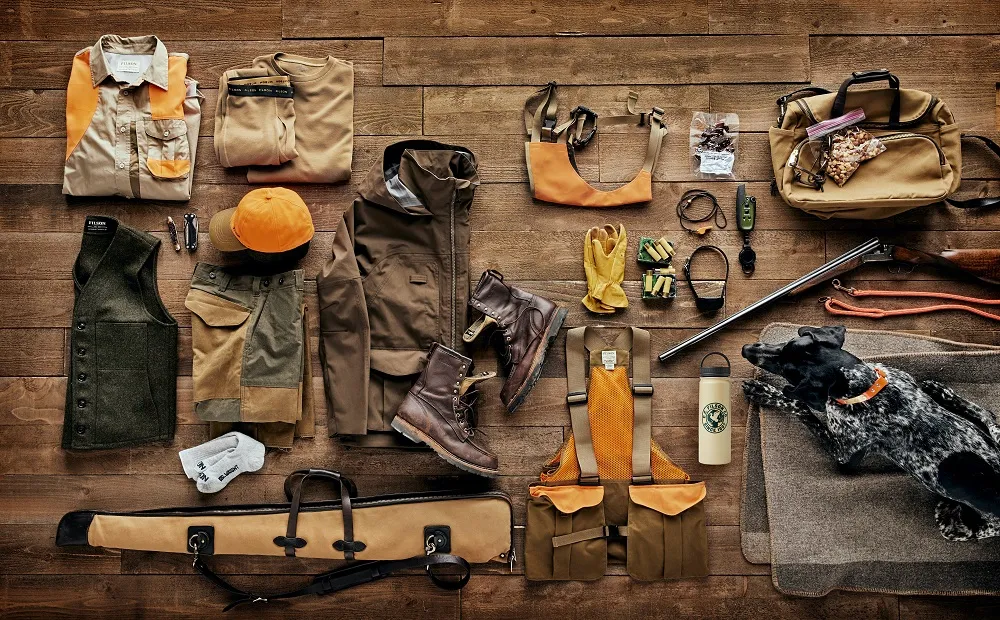Essential Tarantula Hunting Gear
Venturing into the world of tarantula hunting requires more than just a keen eye and a sense of adventure. It demands a strategic approach and the right equipment. Whether you’re a seasoned enthusiast or a curious beginner, having the proper gear is paramount for safety and success. This guide dives into the top 5 essential items you need to safely and effectively hunt tarantulas, ensuring you have the best experience possible while respecting these fascinating creatures. From protective gloves to capture containers, each item plays a crucial role in your tarantula hunting endeavors. Remember, the goal is not only to find these amazing spiders but also to do so in a way that prioritizes both your well-being and the tarantula’s safety. With the right tools and knowledge, you can embark on a successful and responsible tarantula hunting journey. Let’s explore the must-have gear that will equip you for your next expedition.
Protective Gloves
Protective gloves are at the top of the list. These are not just any gloves; they need to be robust enough to shield you from potential bites and the irritating urticating hairs that tarantulas can flick. The right pair of gloves can make the difference between a safe and enjoyable experience and a painful encounter. Selecting gloves involves careful consideration of materials, fit, and dexterity. The best options are often made from thick, puncture-resistant materials such as leather or specialized synthetic fabrics. These materials provide a solid barrier against both bites and the spider’s fangs, especially if you are in a situation where you need to handle the tarantula directly or work near the entrance of its burrow. Remember to choose gloves that fit well; too loose, and you risk them getting in the way, too tight, and you lose dexterity. Always inspect the gloves before each use to ensure there are no tears or weak spots.
Choosing the Right Gloves

When selecting protective gloves for tarantula hunting, consider the environment and the type of tarantula you are likely to encounter. For general hunting, heavy-duty leather gloves are an excellent choice, providing good protection and durability. However, if you need more flexibility for delicate tasks, you might opt for gloves with reinforced fingertips or specialized materials that offer a balance between protection and dexterity. Gloves should extend well past your wrists to prevent the tarantula from crawling onto your skin. Also, consider the climate you’ll be hunting in; breathable gloves are essential in warmer areas to prevent your hands from sweating, which could make handling the gloves more difficult. Look for gloves that are easy to clean and maintain, as they will inevitably come into contact with dirt and other elements of the tarantula’s habitat. Additionally, make sure your gloves fit well; improper fit can hinder your ability to handle tools or react quickly, so always try them on before your hunting trip.
Why Gloves are Essential
The necessity of gloves in tarantula hunting goes beyond merely preventing bites. Tarantulas possess urticating hairs that can cause significant skin irritation. When a tarantula feels threatened, it may flick these tiny, barbed hairs in the direction of the perceived threat, which can embed in your skin and cause itching, redness, and inflammation. Gloves act as the first line of defense against these hairs. Furthermore, gloves help prevent direct contact with the tarantula, reducing the risk of allergic reactions. Although tarantulas are not typically venomous enough to be lethal to humans, their bites can still be painful and can lead to secondary infections if not treated properly. By wearing gloves, you create a safe barrier that minimizes potential harm and allows you to focus on the hunt without unnecessary risks. Gloves allow you to handle containers, tools, and the surrounding environment without direct skin contact, promoting a safer and more controlled hunting experience.
Capture Containers
Once you’ve located a tarantula, the next crucial piece of gear is a capture container. This is where the spider will temporarily reside while you observe it or transport it. Choosing the right container is essential for both the tarantula’s safety and your ease of handling. The best containers provide a secure and comfortable environment that prevents escape while also allowing for clear visibility. Considerations include size, material, and ventilation. Always ensure the container is large enough for the tarantula to move around without feeling cramped, as stress can make it harder to handle the spider. A well-chosen capture container can significantly simplify the process of capturing and observing tarantulas. When selecting a capture container, prioritize features that enhance the safety and well-being of the tarantula. This will make the overall hunting experience smoother and more enjoyable for everyone involved.
Types of Capture Containers

Several types of capture containers are suitable for tarantula hunting. Clear plastic containers with secure lids are among the most popular choices. They offer excellent visibility, allowing you to observe the spider without having to open the container. These containers come in various sizes, making it easy to find one that fits the tarantula you are trying to catch. Another option is to use specialized tarantula enclosures, which are designed with features like built-in ventilation and secure locking mechanisms. These enclosures are particularly useful if you plan to keep the tarantula temporarily or transport it over a distance. For smaller tarantulas or slings, clear vials or small plastic containers may be sufficient. When choosing a capture container, consider the size and temperament of the tarantula, as well as the environment you will be hunting in. The container must be able to withstand any attempts the spider makes to escape. Additionally, ensure the container has a secure lid to prevent accidental escapes and ensure that any ventilation holes are properly sized to prevent the tarantula from squeezing through.
Container Material Considerations
The material of your capture container plays a significant role in the safety and effectiveness of your tarantula hunting endeavors. Clear plastic containers are the most common choice due to their transparency, making it easy to observe the tarantula without disturbing it. Make sure the plastic is durable and resistant to cracking or breaking, especially if you are hunting in rocky or uneven terrain. Ventilation is another important aspect of the container material; air holes or mesh tops ensure that the tarantula has adequate airflow, which is critical for its health and well-being. Avoid containers made of materials that could potentially be harmful to the tarantula, such as materials that may release toxic fumes or are too rough, which can injure the spider. The lid of the container should be equally durable and secure, preventing the tarantula from escaping. Regularly inspect your container for any signs of wear and tear, and replace it if necessary, to ensure the ongoing safety of both you and the tarantula.
Catching Tools
Catching tools are essential for safely and effectively handling tarantulas. These tools provide a buffer between you and the spider, reducing the risk of bites and allowing for more controlled interactions. The primary catching tools include tongs and hooks. Tongs, often made of plastic or metal with rounded tips, are used to gently grasp the tarantula, providing a secure hold without causing harm. Hooks, on the other hand, are useful for gently nudging or guiding the tarantula into a desired position or container. The choice of tools will depend on the size and temperament of the tarantula, as well as the environment where you are hunting. The correct use of catching tools can significantly improve your ability to capture and observe tarantulas without putting yourself or the spider at risk.
Tongs and Hooks Explained

Tongs are a versatile tool for tarantula hunting, providing a safe and effective way to handle the spider. When selecting tongs, opt for ones with rounded tips that will not pinch or harm the tarantula’s legs or body. The length of the tongs is also an important consideration; longer tongs offer greater distance and safety, especially when dealing with larger or more defensive tarantulas. Hooks, often made of plastic or metal with a curved end, serve a different purpose. They are used to gently move or guide a tarantula, or to encourage it to move into a container. When using a hook, it is important to use it gently to avoid agitating the spider. Avoid sharp hooks that could injure the tarantula. Consider the size and strength of the tongs or hook in relation to the size and temperament of the tarantula you are trying to capture. Learning how to use both tools effectively will greatly enhance your tarantula hunting success.
Safe Handling of Tarantulas
Safe handling of tarantulas requires a combination of the right tools and practiced techniques. Always approach a tarantula calmly and slowly, and never make sudden movements that could startle it. Use tongs to gently grasp the tarantula, avoiding squeezing or putting excessive pressure on its body or legs. If you need to guide the tarantula, use the hook to gently encourage it in the desired direction. Never try to pick up a tarantula with your bare hands, even if you are wearing gloves, unless absolutely necessary and you are completely confident in your ability to handle the spider without causing harm. Avoid any actions that may provoke the tarantula, such as blowing on it or poking it. If the tarantula appears agitated or defensive, give it space and allow it to calm down before proceeding. Always prioritize the safety of both yourself and the tarantula, and remember that patience and respect are key to successful and responsible tarantula hunting.
Lighting and Viewing Equipment
Effective lighting and viewing equipment are crucial for locating and observing tarantulas, especially during nighttime hunts or in dimly lit habitats. A reliable flashlight or headlamp will help you illuminate burrows, crevices, and other hiding places where tarantulas might be present. Magnifying glasses are another valuable tool, allowing for a closer inspection of the tarantula’s features, helping with identification. When choosing lighting equipment, consider the brightness, beam type, and battery life. For magnifying glasses, look for models with good magnification and clear optics. Having the right lighting and viewing equipment can greatly increase your chances of spotting tarantulas and observing them safely.
Flashlights and Headlamps

A high-quality flashlight or headlamp is indispensable for tarantula hunting, particularly when hunting at night. These devices provide a strong, focused beam of light that helps you spot tarantulas in their natural habitat. When choosing a flashlight or headlamp, consider the following factors. Look for a device that offers a bright, adjustable beam to adapt to different conditions. The battery life is also an essential consideration; longer-lasting batteries will allow you to hunt for extended periods without interruption. If you plan to hunt in rugged or wet environments, select a flashlight or headlamp that is water-resistant and durable. A headlamp has an advantage, as it frees up your hands and allows you to work with other equipment more easily. Always carry spare batteries and regularly check your lighting equipment to ensure it is functioning correctly. Make sure the light source doesn’t overheat and cause any harm to the tarantula or its environment.
Magnifying Glasses for Tarantula Inspection
Magnifying glasses are essential for detailed observation of tarantulas, helping you identify species and inspect them closely. A good magnifying glass will allow you to examine the tarantula’s features, such as its eyes, fangs, and the patterns on its body. When selecting a magnifying glass, consider the magnification power; a magnification of 5x to 10x is usually sufficient for most observations. The lens quality is also important; a clear, distortion-free lens will provide a better viewing experience. Choose a magnifying glass that is comfortable to hold and easy to use. You can choose from handheld magnifying glasses, which are simple and portable, or head-worn magnifiers, which provide hands-free viewing. Always handle the magnifying glass with care, and avoid exposing it to extreme temperatures or direct sunlight, which can damage the lens. A magnifying glass is a valuable tool for enhancing your understanding and appreciation of these incredible creatures.
First Aid Kit
A first aid kit is a non-negotiable item when hunting tarantulas or any wildlife. Even with the best protective gear, accidents can happen. Having a well-stocked first aid kit can help you address minor injuries, provide immediate care for a bite, and manage allergic reactions. The contents of your first aid kit should include essential items such as antiseptic wipes, bandages, pain relievers, and any personal medications you might need. It is also wise to include an epinephrine auto-injector (EpiPen) if you have known allergies. Make sure your first aid kit is readily accessible and that you know how to use the items inside. Before you go hunting, take a moment to review the contents of your first aid kit, ensuring that everything is in good condition and within its expiry date. Being prepared for minor injuries can save a lot of unnecessary stress and ensure you are ready for any issues that might arise.
First Aid Essentials for Bites

If you get bitten by a tarantula, knowing what to do immediately can greatly impact your health and recovery. First, stay calm and assess the situation. Clean the bite area gently with mild soap and water. Apply a cold compress to reduce swelling and relieve pain. Monitor yourself for any signs of an allergic reaction, such as difficulty breathing, swelling of the face or throat, or hives. If you experience any severe symptoms, seek medical attention immediately. In the first aid kit, make sure to include pain relievers, antiseptic wipes, and antihistamines. Avoid activities that could make the bite worse, such as scratching the area. Keep an eye out for any signs of infection and seek medical attention promptly if any develop. Having a well-prepared first aid kit and knowing what to do can help you handle bites calmly and efficiently, minimizing potential complications.
Allergic Reactions and Emergency Procedures
Although tarantula bites are rarely life-threatening, some individuals may experience allergic reactions. Being prepared to deal with an allergic reaction is critical when hunting tarantulas. Symptoms can range from mild skin irritation to severe reactions that require immediate medical attention. If you experience any signs of a severe allergic reaction, such as difficulty breathing, swelling of the face or throat, or dizziness, seek immediate medical care. If you have known allergies, carry an epinephrine auto-injector and know how to use it. In your first aid kit, include antihistamines to help manage milder allergic responses, such as hives or itching. Communicate your allergies to anyone accompanying you on the hunt, and make sure they know how to assist if an emergency occurs. Ensure that you have a reliable way to contact emergency services, and familiarize yourself with the nearest medical facilities. Practicing emergency procedures can save precious time and potentially save a life, ensuring that your tarantula hunting adventures remain safe and enjoyable.
